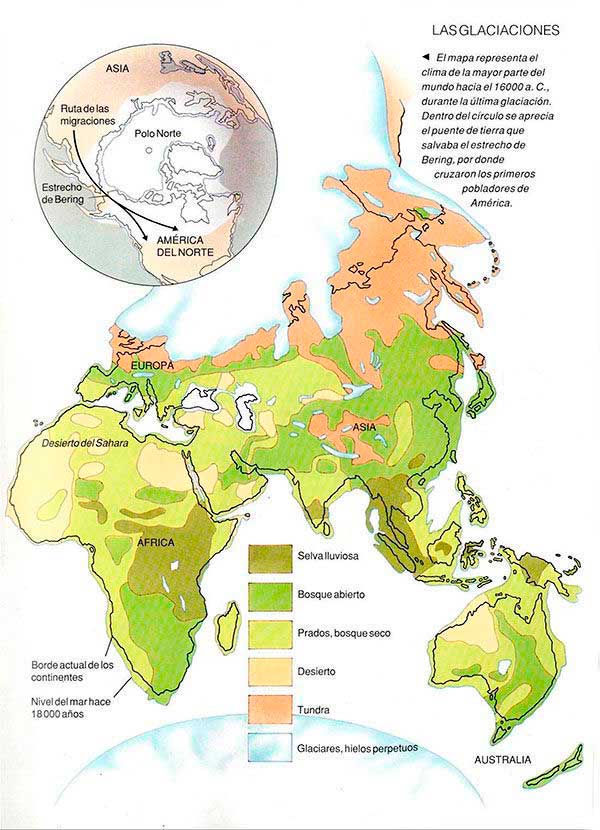

Since Indo-European (sometimes called ProtoIndo-European, or Common Indo-European) was not written, its features must be reconstructed. Although some Spanish words are not o f Indo-European origin, the great majority o f them are.

Even their English vocabulary may increase through the use o f the word families included in this book. The word sky, for instance, does not help English-speaking students learn cielo, but the English word celestial does. Students o f Spanish as a foreign language can find in the word families (see paragraph 11c) “ bridges” or mnemonic devices to increase their vocabulary. The main purpose o f this Dictionary is to trace each Spanish word as far back as possible in order to acquaint the reader with the story o f the evolution o f the Spanish language another o f its aims is to help students learn vocabulary. After giving the history o f a Spanish word and o f its predecessors in other languages (written form, and meaning), the earliest documented source is carried back into prehistory by means o f reconstructed forms and inferred meanings. This indicates how comprehensive this book is accuracy, con cision and clearness have also been striven for. The book also contains phrases (baño María, sin embargo) and affixes (des-, -ito). The words analyzed in this Dictionary cover every area o f human endeavor, including science and technology (e.g., cariocinesis, television). A conclusion about the culture o f the Indo-Europeans would be that one o f their units o f time was the lunar month: men- meant both ‘m oon ’ and ‘m onth’ and is an exten sion o f me- ‘to measure’. The speakers o f Indo-European, for instance, probably lived about 5000 years ago not very far from the Caspian Sea - a conclusion reached through inferences such as “ They knew snow in their original hom e land, as the word for ‘snow’ in Latin, Old Irish, Gothic, and Lithuanian derives from the same Indo-European root - sneigwh-”.

Not only history, but even prehistory can be explored through the study o f etymology.

Etymology is the history o f words, and, as words stand for things, it is often also the history o f things, and therefore o f civilization (consider, for example, Spanish pluma ‘writing pen (often made o f metal)’, which derives from pluma ‘writing pen (made from a large feather)’, which comes from pluma ‘feather’ ). All other copyright questions, including photocopying outside o f the USA, should be referred to the publisher. Information can be obtain ed from the CCC about conditions under which photocopies o f parts o f this publication may be made in the USA. Special regulations for readers in the USA - This publication has been registered with the Copyright Clearance Center Inc. B ox 330, 1000 AH Amster dam, The Netherlands. No part o f this publication may be reproduced, stored in a retrieval system or transmitted in any form or by any means, electronic, mechanical, p h otocop y ing, recording or otherwise without the prior written permission o f the publisher, Elsevier Science Publishers B.V./Science & Technology Division, P.O. © Elsevier Science Publishers B.V., 1985 All rights reserved. Spanish language- Etymology- Dictionaries. Elsevier's concise Spanish etymological dictionary. Library of Congress Cataloging in Publication Data Gómez de Silva, Guido. Box 211, 1000 AE Amsterdam, The Netherlands Distributors fo r the United States and Canada: ELSEVIER SCIENCE PUBLISHING COMPANY INC. Former Professor o f Linguistics, Middlebury (Vermont, U.S.) Language Schools Former Chief, Terminology Section, United Nations, New York Former Chief, Language Section, United Nations Environment Programme, Nairobi, KenyaĮLSEVIER Amsterdam - London - New York - T okyo 1985ĮLSEVIER SCIENCE PUBLISHERS B.V. Containing 10000 entries, 1300 word families by GUIDO GÓMEZ DE SILVA, Ph.D.


 0 kommentar(er)
0 kommentar(er)
